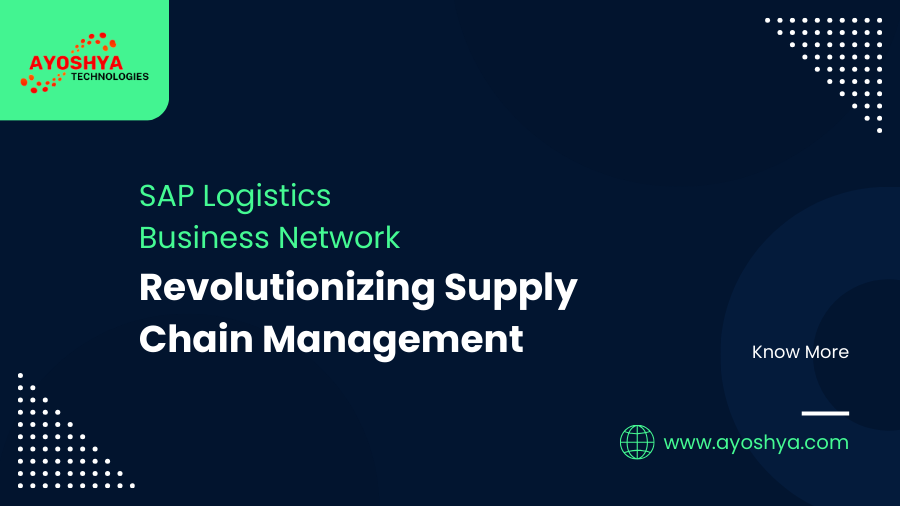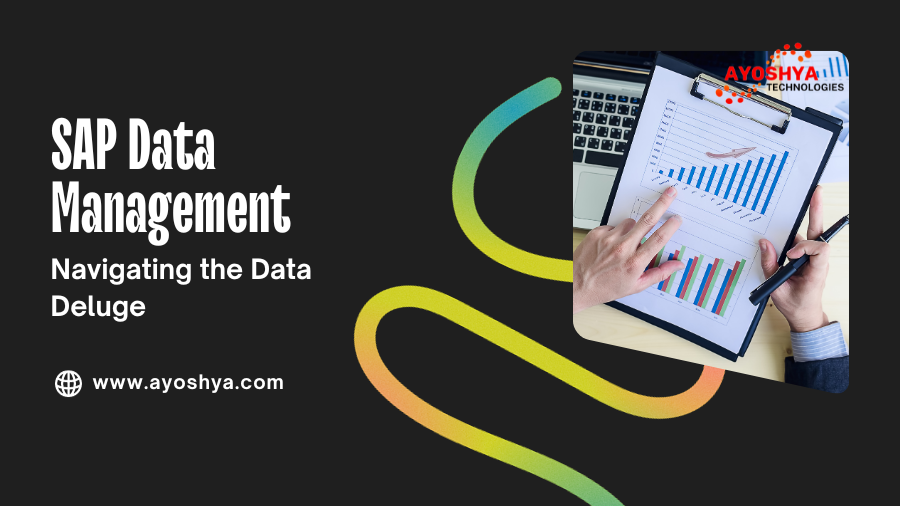Power of Integration Suite in the Digital Age
In a world where digital connectivity is the cornerstone of business operations, the term “Integration Suite” has become increasingly significant. This article delves into the intricacies of Integration Suite, exploring its definition, benefits, challenges, and real-world applications.
Understanding Integration Suite
Definition and Purpose
Integration Suite refers to a comprehensive set of tools and technologies designed to facilitate seamless communication and data exchange between different software applications within an organization. Its primary purpose is to break down data silos, allowing for a more integrated and interconnected digital ecosystem.
Key Components
The suite comprises various components, including data integration tools, APIs (Application Programming Interfaces), and middleware. These components work together to ensure the smooth flow of information across diverse applications.
Importance of Integration in the Digital Landscape
Seamless Data Flow
Integration plays a crucial role in enabling seamless data flow across an organization. It ensures that information moves effortlessly between different departments, preventing bottlenecks and delays.
Enhanced Efficiency
With Integration Suite in place, organizations experience enhanced operational efficiency. Tasks that once required manual intervention and data entry become automated, freeing up resources for more strategic activities.
Improved Customer Experience
For businesses interacting with customers through multiple touchpoints, Integration Suite ensures a cohesive customer experience. Data from various channels converges, allowing businesses to offer personalized and consistent interactions.
Benefits of Integration Suite
Streamlined Operations
One of the primary benefits is the streamlining of operations. Integration Suite eliminates redundant processes, reducing the likelihood of errors and improving overall workflow efficiency.
Real-time Data Insights
Businesses gain access to real-time data insights, allowing for informed decision-making. This is particularly valuable in dynamic industries where quick responses to changing conditions are critical.
Scalability and Flexibility
Integration Suite provides scalability and flexibility, adapting to the evolving needs of an organization. As businesses grow, the suite can accommodate increased data volumes and additional applications seamlessly.
Implementation Process
Assessment and Planning
The implementation process begins with a thorough assessment of existing systems and a detailed plan for integration. This involves identifying key touchpoints and defining the desired outcomes.
Integration with Existing Systems
Integration Suite is then integrated with existing systems, ensuring compatibility and minimal disruption to ongoing operations. This phase involves configuring APIs and middleware for optimal performance.
Testing and Optimization
Once integrated, rigorous testing is conducted to identify and address any issues. The system is then optimized to ensure smooth and efficient functioning.
Real-world Applications and Success Stories
Case Study 1: Company X
Company X witnessed a 20% reduction in operational costs after implementing Integration Suite. The seamless integration of customer relationship management (CRM) and inventory systems led to improved order fulfillment.
Case Study 2: Company Y
Company Y, operating in the e-commerce sector, experienced a 30% increase in customer satisfaction. Integration Suite enabled real-time order tracking and updates, enhancing the overall shopping experience.
Common Challenges in Integration
Data Security Concerns
One of the challenges organizations face is the concern over data security. Integration Suite addresses this through robust encryption and access control measures.
Compatibility Issues
Compatibility issues between different software applications can arise during integration. Thorough testing and compatibility checks are crucial to mitigating this challenge.
Resistance to Change
Resistance to change among employees is a common challenge. This can be addressed through comprehensive training and change management strategies.
Strategies for Successful Integration
Robust Security Measures
To address data security concerns, organizations should implement robust security measures, including encryption, regular audits, and access controls.
Comprehensive Training
Proper training for employees is essential for successful integration. This ensures that users are well-versed in the new system and can navigate it confidently.
Continuous Monitoring and Updates
Integration is an ongoing process. Continuous monitoring and updates are necessary to adapt to changing business needs and technological advancements.
Future Trends in Integration
AI and Machine Learning Integration
The integration landscape is evolving with the incorporation of artificial intelligence (AI) and machine learning (ML). These technologies enhance automation and decision-making capabilities.
Edge Computing in Integration
The rise of edge computing is influencing integration strategies. Edge computing allows data processing to occur closer to the source, reducing latency and improving overall system performance.
Impact on Business Growth
Cost Savings
Integration Suite contributes to cost savings by reducing manual labor, minimizing errors, and optimizing resource allocation.
Competitive Edge
Businesses that embrace Integration Suite gain a competitive edge by responding more swiftly to market changes and offering a more seamless customer experience.
Testimonials from Users
User A
“After implementing It, our day-to-day operations became significantly more efficient. The real-time insights have empowered our decision-making processes.”
User B
“The flexibility of Integration Suite allowed us to scale our operations seamlessly. It has become an indispensable tool for our growing business.”
Common Misconceptions about Integration Suite
It’s Only for Large Enterprises
It is scalable and beneficial for businesses of all sizes. Small and medium-sized enterprises can also leverage its advantages.
Integration is Complex and Time-consuming
While integration requires planning and execution, modern Integration Suites are designed to streamline the process, making it efficient and less time-consuming.
Tips for Choosing the Right Integration Suite
Assessing Business Needs
Before choosing an Suite, businesses should assess their specific needs and goals to ensure the selected suite aligns with their objectives.
Vendor Reputation and Support
Considering the reputation of the vendor and the level of support they provide is crucial for a successful integration experience.
Conclusion
In conclusion, Integration Suite stands as a linchpin in the digital transformation journey of businesses. Its ability to seamlessly connect disparate systems, enhance efficiency, and contribute to business growth makes it an invaluable asset in today’s dynamic landscape.
FAQs
- Is Integration Suite only for large enterprises?
- No, It is scalable and beneficial for businesses of all sizes.
- How long does it take to implement Suite?
- The implementation timeline varies based on the complexity of existing systems, but modern suites are designed for efficient integration.
- What are the key security measures in Suite?
- It employs robust encryption, access controls, and regular audits to ensure data security.
- Can Integration Suite integrate with legacy systems?
- Yes, It is designed to integrate seamlessly with both modern and legacy systems.
- Is employee training necessary for successful integration?
- Yes, comprehensive employee training is crucial to ensure a smooth transition and optimal use of the Suite.
You may be interested in:












